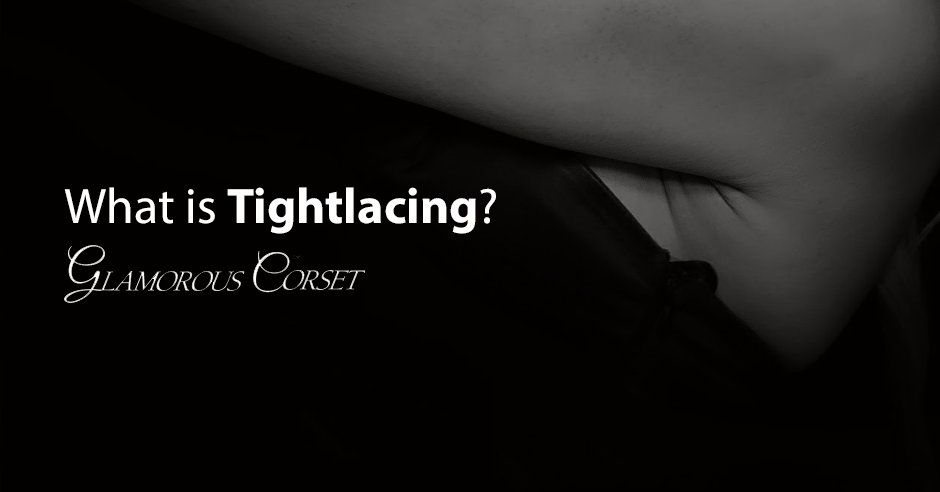Blog
What is Tightlacing?
Postmodern dancer Anna Halprin said, “The body is living art.” Unfortunately, some of us need a little help to become the masterpieces we know are hiding inside. It would be great to roll out of bed looking like Beyonce – I mean, I know I wake up every morning with dewy skin, perfect hair, and flawless makeup. Don’t you? Yeah, right.
Just in case you weren’t innately sculpted as the perfect representation of femininity, though, you should know that there is help for those of us who don’t have an army of personal trainers, chefs, and stylists at our beck and call. With the right corset and waist training regimen, you can mold your body into the gorgeous hourglass shape you prefer in order to look your best and face the world with confidence.
First you should know, however, that there are varying degrees of waist training. If you want serious results, tightlacing might be right for you. What is tightlacing? How is it different from standard waist training? Here’s what you need to know to transform your body into the piece of living art that pleases you most.
What is Tightlacing?
I know what you’re thinking. When you put on a corset (overbust or underbust), it’s pretty much a given that you’re going to pull the laces tight. Duh, right? True, but tightlacing is something else. Those who engage in tightlacing wear corsetry with the specific goal of reducing their waist size significantly.
If you need a number, it is generally agreed that tightlacing involves a reduction of four inches or more. Some say a 20% reduction in overall waist size is more accurate since four inches can equate to very different results for people of different sizes. There really is no set standard for tightlacing, it’s just generally considered to be more extreme than the average waist training regimen.
What is the Difference Between Tightlacing and Waist Training?
It’s important to note that tightlacing is a form of waist training, while waist training is not necessarily tightlacing. It’s a matter of measures, both literally and figuratively. If you’re just starting out with waist training, it’s the difference between a marathon and a sprint.
Waist training is a long process that starts with wearing a snug corset, laced to deliver anywhere from 1-3 inches reduction in waist size. You’ll wear the corset for maybe a couple of hours a day and add time until you get to the point where you feel comfortable wearing it all day long. When you hit this goal, you can slowly start lacing a little tighter and reducing waist size further.
Over the course of months or years, you can significantly reduce your waist size and see semi-permanent results (i.e. your waist stays slimmer even when you remove your corset). At some point, when you’ve lost enough inches, you could consider your waist training tightlacing, but if your natural waist size is reduced, you’re not really working off your original waist size any longer.
Tightlacing can be considered something of an extreme in the world of waist training, and many women who waist train will tightlace occasionally for effect. There are even women who tightlace daily, but it’s best to get very comfortable with corsetry before you try this. If you’re going to be living art, the ability to breathe, move, and live your life are definitely part of the deal!
Stay up-to-date with weekly blog posts, waist training tips, and the chance to win one of our monthly corset giveaways, like us on Facebook & subscribe to our mailing list today!

My name is Rachel, I am the owner of Glamorous Corset, a small business founded by me in 2010. Back In 2005, I was in a car accident that left me with a herniated disk. Much to my surprise I learned steel boned corsets were beneficial to several medical injuries including mine. I was always intrigued with corsetry, their history and their beautiful aesthetic. I love sharing knowledge about corsets, educating my wonderful readers and breaking the negative stigma related to corsetry. In combination with my years of research and personal experience I hope my articles are useful and can help anyone who has struggled with some of the same things I have. More about me…


